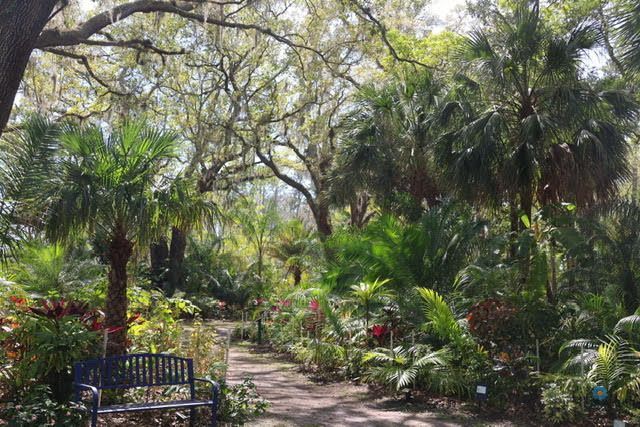Rain Gardens with Native Plants: Managing Stormwater Naturally
Rain gardens are an innovative and eco-friendly solution for managing stormwater while enhancing the beauty of your landscape. By incorporating native plants, these gardens not only help to absorb excess rainwater but also support local wildlife and promote biodiversity. In this post, we will explore the benefits of rain gardens, how to create one, and the best native plants to use.
What is a Rain Garden?
A rain garden is a shallow, planted depression designed to capture and absorb rainwater runoff from impervious surfaces like roofs, driveways, and sidewalks. This natural filtration system helps to reduce flooding, improve water quality, and recharge groundwater supplies. Rain gardens are strategically placed to take advantage of natural drainage patterns, allowing them to effectively manage excess water while providing a habitat for various plant and animal species.
Benefits of Rain Gardens
- Stormwater Management: Rain gardens effectively manage stormwater by allowing it to soak into the ground, significantly reducing the risk of flooding in urban areas.
- Water Quality Improvement: They filter pollutants from runoff, such as oils, heavy metals, and fertilizers, thereby improving the quality of water that enters local waterways and ecosystems.
- Wildlife Habitat: Native plants attract pollinators, birds, and beneficial insects, creating a thriving ecosystem that supports local biodiversity.
- Aesthetic Appeal: Rain gardens can enhance the beauty of your yard with colorful and diverse plant life, providing visual interest throughout the seasons.
How to Create a Rain Garden
Creating a rain garden involves several key steps that ensure its effectiveness and sustainability:
- Choose the Right Location: Select a spot that collects runoff but is at least 10 feet away from buildings and foundations to prevent water damage.
- Determine the Size: The size of your rain garden should be about 20% of the area that drains into it, allowing for adequate water absorption.
- Excavate the Area: Dig a shallow depression, typically 6-12 inches deep, to hold the water and allow for proper drainage.
- Amend the Soil: Mix in compost and sand to improve drainage and nutrient content, creating a healthy environment for plant growth.
- Select Native Plants: Choose plants that thrive in your local climate and soil conditions, ensuring they are well-suited for the rain garden environment.
Best Native Plants for Rain Gardens
When selecting plants for your rain garden, consider the following native species that are well-adapted to wet conditions and beneficial for local wildlife:
- Black-eyed Susan (Rudbeckia hirta): A hardy perennial that attracts pollinators and adds vibrant yellow blooms to your garden.
- Swamp Milkweed (Asclepias incarnata): A great choice for attracting butterflies, particularly monarchs, and providing nectar sources.
- Blue Flag Iris (Iris versicolor): Thrives in wet conditions and adds beautiful color with its striking blue flowers.
- Joe Pye Weed (Eutrochium purpureum): A tall plant that provides habitat for various insects and offers lovely pink blooms in late summer.
- Cardinal Flower (Lobelia cardinalis): A striking red flower that attracts hummingbirds and adds a splash of color to your rain garden.
Maintaining Your Rain Garden
To keep your rain garden thriving and effective, follow these maintenance tips:
- Watering: Water newly planted native plants until they are established, especially during dry spells.
- Weeding: Regularly remove invasive species that may compete with your native plants, ensuring they have the resources they need to thrive.
- Mulching: Apply a layer of mulch to retain moisture, suppress weeds, and improve the overall health of the soil.
- Monitoring: Keep an eye on the garden's performance during rain events to ensure proper drainage and make adjustments as needed.
Incorporating a rain garden with native plants into your landscape is a sustainable way to manage stormwater while enhancing the local ecosystem. By following the steps outlined above, you can create a beautiful and functional garden that benefits both your property and the environment. Not only will you contribute to the health of your local ecosystem, but you will also enjoy the aesthetic and ecological benefits that a well-designed rain garden can provide.











